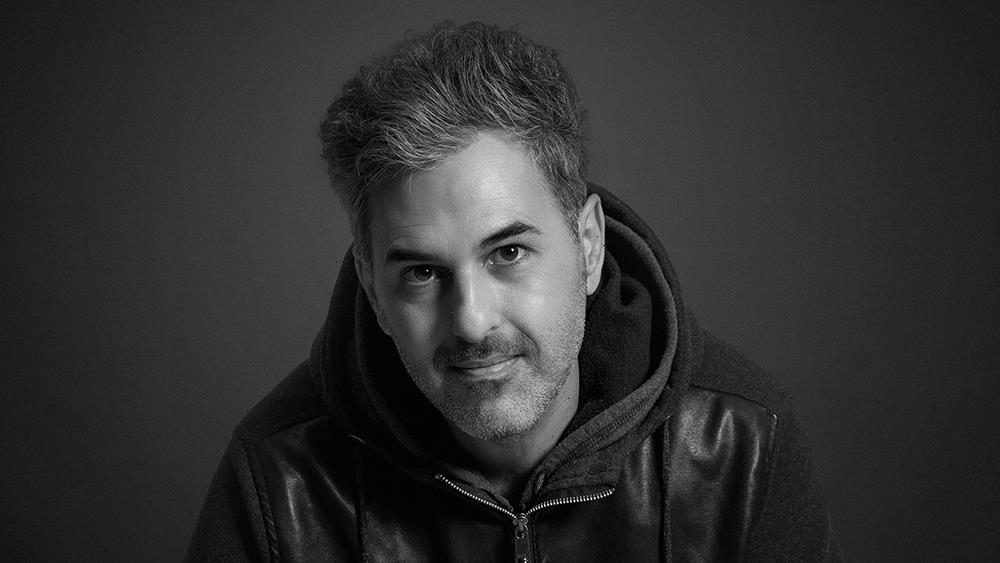
Brazil’s Ale Abreu Talks ‘Perlimps,’ Color, Animation Technique
06/16/2022More than a coming of age film, “Perlimps,” the third feature of Oscar-nominated Alȇ Abreu (“The Boy and the World”), could be seen as a dazzling love letter for children.
Perlimps” encourages kids’ awareness of social, ecological issues and a taste for art, while delivering a film of artistic ambition and visual complexity.
The story focuses on Claé and Bruô, who are secret agents from the enemy Kingdoms of the Sun and the Moon sent to an Enchanted Forest threatened by giants. The only way they can protect the forest is to join forces and find the Perlimps, mysterious creatures who could have the solution for peace.
“Perlimps” is produced by producers-directors Laís Bodansky and Luiz Bolognesi at Sao Paulo-based Buriti Filmes and Ernesto Soto.
Sold by Belgium’s Best Friend Forever, it is screening in Annecy’s official selection as a special event. Brazilian musician-turned-director Alȇ Abreu offers in his new feature a visually lush tale about friendship as well as bold animation techniques.
Did you have in mind a specific audience target when making “Perlimps”?
I always imagined the audience as a broad spectrum, including parents, teenagers and kids. It never crossed my mind that we were making a children’s movie. I was more driven by my own desire to explore the color palette and to test a more complex technique after the minimalism of “The Boy and the World.”
The movie could be regarded in some way as a love letter for children, among other things awakening in them a taste for art through its singular use of colors….
Color gives us many layers of expression and vibration. Using the entire color spectrum lets me convey feelings that otherwise I could not express in words. I loved beginning from the backgrounds made with hand drawings using color ink in a very loose way. And then using almost randomly the color spots to find each scene’ scenography. I will be thrilled and honored if this also awakens a taste for art in any children. But I confess that that was not on my radar. Or maybe it was but in an unconscious way.
Among your frequent inspirations is Studio Ghibli, but aside from animation, you have other references in other areas, maybe French painters?
I’ve always been influenced by painting. When I envision a scene, my first approach is of a painter rather than an animator, organizing elements and colors. For me there is a plastic pleasure in making a film that is not detached from the narrative intentions. More so, I believe it strengthens the process.
About references in “Perlimps” I would mention the paper cuts of Matisse of course. But there are many more. And I think they are so mixed up in my work that I can no longer identify them.
Could you summarize the techniques used in “Perlimps”?
Indeed, in this film we had a tremendous freedom to combine techniques and tools. We have used hand drawn ink spots. Traditional 2D, animating by 3s [holding drawings for three frames] and by 2s [two frames], depending on the scenes. We have also used 3D for some objects that would be rendered in 2D.
The film also gives children a sense of the enervated world they live in….
I believe the film got clearer and clearer as we were coming to the end of it. Things have gotten pretty ugly in Brazil, but polarization and confrontation are happening everywhere. Now we even have a terrible war in the heart of Europe. The inspiration for this film came from a vision of childhood as a physical space or a territory – the Enchanted Forest– where everything would be possible, where there would be no barriers for friendship and where we would find connection with nature and with every living being.
The film also has an environmental awareness….
I wasn’t always aware of the ecological message. Maybe because I live in Brazil, where the preservation of the Amazon forest is a great challenge and responsibility, we have a larger awareness of the dangers of deforestation and the importance of learning from native indigenous communities about how we can live in harmony with nature. On the other hand, I firmly believe that we are raising a new generation of children with a higher consciousness about the environment, and that gives me hope.
Given your work system, you could well already be preparing your next movie. Could you anticipate some aspects of it?
In fact, I’ve already done some sketches of what my next project will probably be. Indeed, it will be a more minimalist project but it will be a tale about childhood and a coming-of-age, and probably establish a strong dialogue with “The Boy and the World” and even with “Perlimps.” I believe we are always trying to tell a similar story with different tools and techniques, maybe from a different point of view. But the essence remains.

Source: Read Full Article

